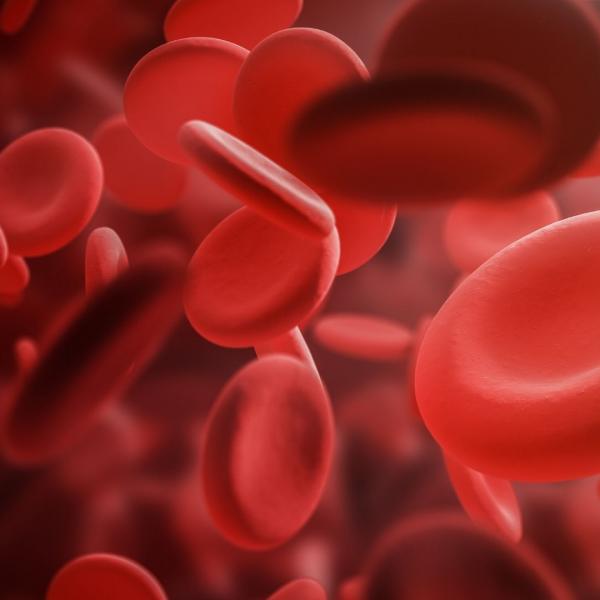What are the types of AML?

On this page:
World Health Organization (WHO) classification
The WHO classification system divides AML into several broad groups by the type of abnormal myeloid cell and if:
- There are genetic changes in the cells.
- The leukaemia developed from a blood disorder.
- The leukaemia developed after chemotherapy and radiotherapy.
- More than one type of blood cell has abnormal changes.
AML risk groups
- Low risk: Your leukaemia is likely to be cured and there’s less chance of the cancer coming back (relapse). Low-risk patients won’t usually need a stem cell transplant, unless they relapse.
- Intermediate risk: It is hard to predict how you will respond to treatment. You may or may not need a stem cell transplant.
- High risk: There’s a high risk of the leukaemia coming back (relapse) so you will have very intensive treatment. You are likely to have a stem cell transplant if you are suitable for one.

Acute promyelocytic leukaemia (APL)
Acute promyelocytic leukaemia (APL) is a sub-type of AML. APL is treated differently to other forms of AML, as it responds well to certain non-chemotherapy drugs, for example, all-trans retinoic acid (ATRA).
APL is usually treated with a combination of drugs, which may include chemotherapy drugs.
Call 1800 200 700 for more information or visit a Daffodil Centre
For more information
Phone
1800 200 700



